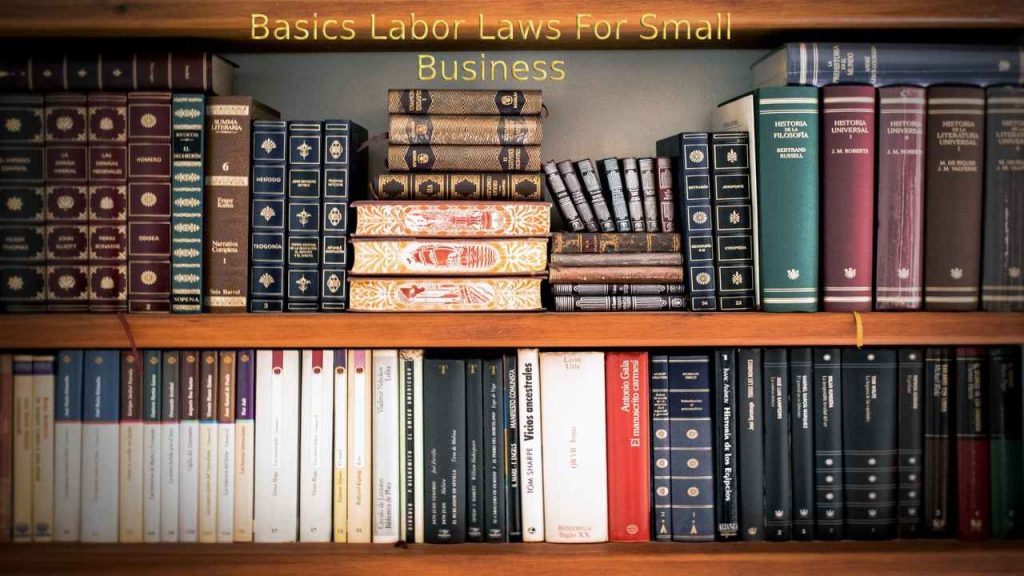In many employment situations, labor law never becomes an issue. This frictionless environment is often the result of a workplace where employees and employers alike are well versed in their legal rights and responsibilities. Read on for an overview of the labor laws you need to understand and how to communicate them to employees.

Equal Opportunity and Medical Leave Requirements
On a day-to-day basis, you and your employees are most likely to encounter situations that can be resolved under the U.S. Family and Medical Leave Act, abbreviated FMLA, and laws governed by the Equal Opportunity Employment Commission, or EEOC. EEOC regulations describe how employers should behave in order to avoid workplace discrimination on the basis of color, race, sex, religion, or national origin. FMLA policies, which only apply to private businesses with 50 or more employees, require those businesses to provide authorized employees up to 12 weeks of medical or care leave, during which time their job is protected over 12 months. Religious liberty is enshrined in the text of our Constitution and in numerous federal statutes. It encompasses the right of all Americans to exercise their religion freely, without being coerced to join an established church or to satisfy a religious test as a qualification for public office. Should you feel as though you are being discriminated against because of your religion, religious liberty law firms are available to offer you advice and guidance and defend your legal rights.
Since the legal nuances of FMLA and EEOC policies can be complex and difficult to remember, many employers opt to place labor law posters in visible areas of the workplace to help workers understand their rights and avoid making unsupported claims under either law.
Organizing and Bargaining Requirements
The National Labor Relations Act, or NLRA, legally protects the rights of employees to unionize or engage in other, non-unionized bargaining or organized labor activities intended to further their own “mutual aid and protection.” The NLRA applies to all businesses, even those that don’t employ any unionized workers.
Regardless of how you and other key players in management feel about unionization, it’s important to avoid policies that a court of law might interpret as interfering with employees’ right to discuss compensation and conditions. National Labor Relations Board has a long list of activities that constitute interfering with employee rights, so it’s usually best to avoid intervening in worker discussions if you aren’t sure what’s permitted. Instead, offer employees direct avenues to discuss complaints with you without restricting or discouraging them from communicating with co-workers.
Workplace Safety Rules and Requirements
Many of the industries that keep the economy moving involve proximity to hazardous chemicals, strong electrical currents, or heavy machinery that poses a personal safety risk to employees. In the U.S., workplace safety is governed by the Occupational Safety and Health Administration, shortened as OSHA.
Your responsibilities as an employer under OSHA regulations depend on your industry, but in general, you’re required to provide a safe workplace. That means displaying OSHA posters when applicable, recording work-related injuries or illnesses, and ensuring that the workplace is free of hazards to the extent possible. This requirement is deliberately broad, so it applies to basic issues, like providing climate control in office settings, as well as more complex situations, such as maintaining industrial equipment.
While regulations may seem burdensome, they exist to protect your workers, who help your business succeed. Ensuring that employees feel safe and respected at work boosts morale and keeps productivity – and profits – high.

